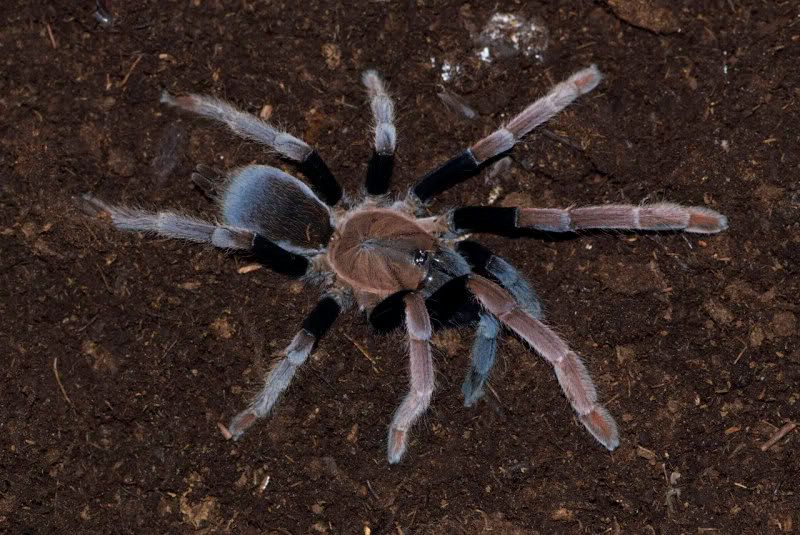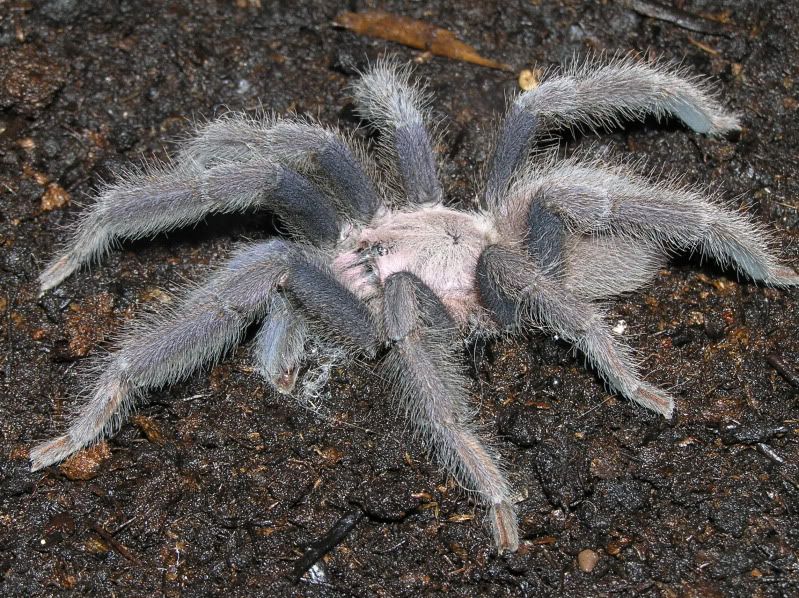- Joined
- Aug 29, 2002
- Messages
- 298
Hi,Hello Volker,
What Thrigmopoeus species looks this similiar to Arndsti???
This specimen photographed is still quite small with a leg span of roughly 1.5-2".
The light coloration can also be due to my horrible photographs hehe ;]
I received a group of these after loaning my male out to someone here in the USA with an adult female.I cant imagine they are hybrids...Can you share any more info about this Thrigmopoeus species you mention??
Thanks!
-Chris
oh, I thought it would be a larger Specimen. But it's still curious, because it really looks like Thrigmopoeus truculentus (see attached file below).
Cheers, Volker
Attachments
-
61.7 KB Views: 720





